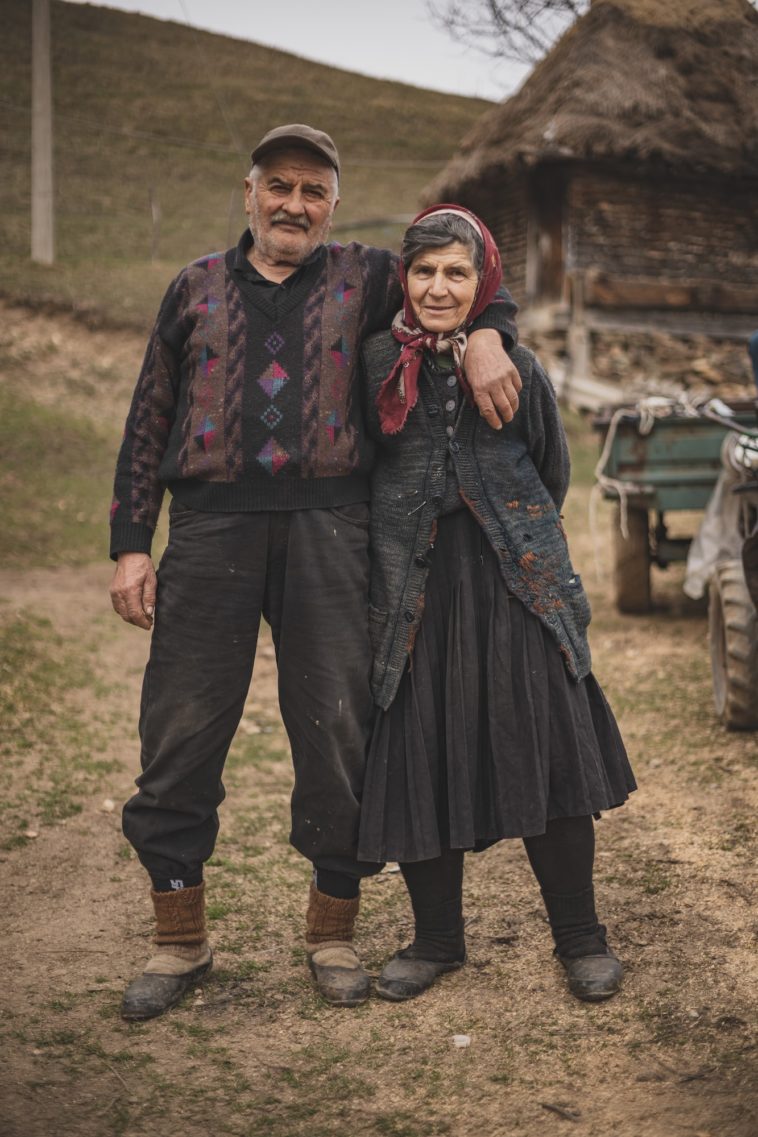The Serbs are a distinct nation and form an integral part of the South Slavic ethnic mosaic, having their roots deeply embedded in the intricate history of the Balkans and the broader southern Central Europe. This region, historically a crossroads of diverse civilizations, has been home to the Serbs for many centuries, and their culture, traditions, and values have significantly shaped its historical and contemporary landscape.
Geographical Presence
Central Regions:
Most prominently, the Serbs primarily inhabit Serbia, the country that has been their historical and political heartland for centuries. Not far from Serbia, there’s the region of Kosovo. This territory remains disputed, with both Serbia and the Republic of Kosovo claiming it as their own. International opinions about Kosovo’s status vary, but the undeniable fact is that a significant Serbian population still resides there.
Neighboring Countries:
Serbia’s neighboring nation, Montenegro, also houses a considerable Serbian community. Their shared histories and close cultural ties make the presence of Serbs in Montenegro unsurprising.
Bosnia and Herzegovina is another state where the Serbian presence is profound. The complex past and the aftermath of the Yugoslav wars have led to Bosnia and Herzegovina being composed of three main ethnic groups: Bosniaks, Croats, and Serbs. The Republika Srpska, one of the two main entities of Bosnia and Herzegovina, has a majority Serbian population.
Further away, but still in the vicinity, countries like Croatia, the Republic of Macedonia (now known as North Macedonia as of my last training data in September 2021), and Slovenia also boast significant Serbian minorities. Each of these countries, having been a part of the former Yugoslav federation, has a rich tapestry of interwoven histories and shared experiences with the Serbian people.
European Nations:
Outside of the Balkans, the diaspora has led to the presence of Serbian minorities in countries such as Romania, Hungary, Albania, the Czech Republic, and Slovakia. These European nations officially recognize the Serbs as a minority group, testament to the historical movements and migrations of the Serbs over the ages.
One interesting fact is the use of the Serbian language in Greece, which has official status in some parts of the country, signifying the age-old connections between the two nations.
Culture and Language
The Serbian culture, like its history, is rich and multifaceted. Rooted in the Byzantine and Orthodox traditions, Serbian art, music, and literature reflect a blend of eastern and western influences. Their folklore, filled with tales of heroes, mythical creatures, and moral lessons, forms an integral part of the South Slavic narrative.
The Serbian language is a South Slavic language, belonging to the same family as Croatian, Bosnian, and Montenegrin. It uses both the Cyrillic and Latin scripts, a testament to its historical and cultural crossroads. Notably, the Serbian Cyrillic alphabet was standardized in the 19th century by linguist Vuk Karadžić, based on phonemic principles.
Conclusion
The Serbs, with their extensive history and widespread presence across various European nations, remain a pivotal South Slavic group. Their cultural, linguistic, and historical contributions to the Balkans and southern Central Europe are vast, making them an integral part of the continent’s diverse fabric. As Europe moves forward into the 21st century, the Serbian people, along with other ethnic groups, will undoubtedly continue to shape its evolving narrative.





